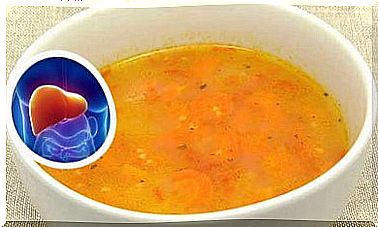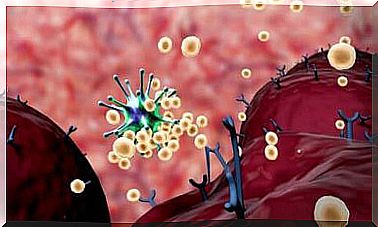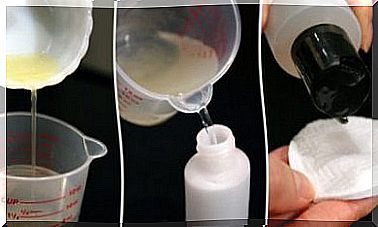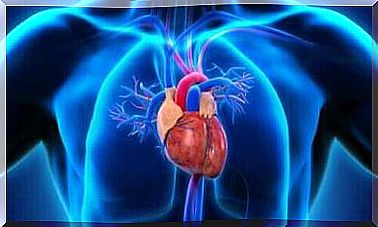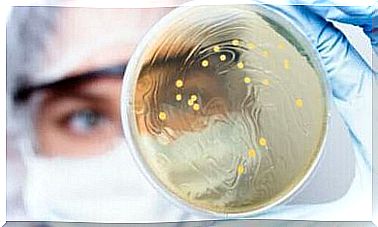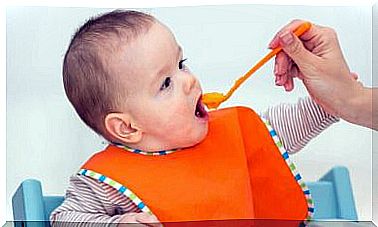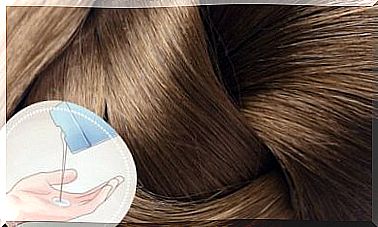Symptoms And Treatment Of Sleep Apnea In Babies
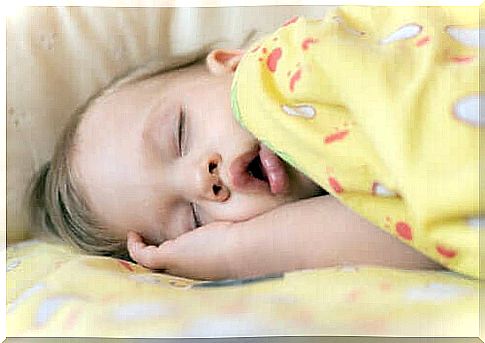
When do we consider breathing problems as sleep apnea in babies? We cannot limit the problem some children have from birth to mere snoring. In this case, the condition we will refer to is a breathing disorder that occurs while sleeping.
Babies have obstructive sleep apnea when the child’s breathing stops for a while while sleeping. This interruption may be partial, with some air passage remaining, or total, with no oxygen exchange during that period.
That is the cause of the seriousness of this condition, which needs both attention and a solution. Without the exchange of gases such as oxygen and carbon dioxide for metabolism, many bodily functions are disrupted. The same goes for the brain.
In today’s article, we’ll take a closer look at this condition and its potential treatments for sleep apnea in babies. Keep reading to learn more.
The Causes of Obstructive Sleep Apnea in Babies
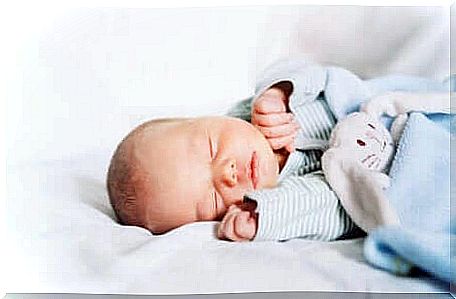
The origin of sleep apnea in babies lies in the anatomy of their upper airways. A child’s airway is obviously much smaller than an adult’s. The limited diameter can become even smaller due to the flexibility of the trachea.
Some babies have a narrower upper airway than others, either because of recurrent infections or because of their own anatomy. Because the muscles relax, the tongue and soft tissues can block breathing. There may also be enlarged tonsils.
Tonsil hypertrophy is one of the most common causes of this condition (Spanish link). This lymphoid defense tissue can enlarge and prevent the proper flow of air in the body, especially when lying down.
The shape of the lower jaw is also a risk factor. The shape of the structures through which the air has to pass is different in children with smaller facial bones. This can make it more difficult for air to flow in and out.
Overweight babies (Spanish link) have an additional complicating factor. On the one hand, the fat that accumulates in the neck puts pressure on the trachea. On the other hand, the tongue increases in size and can sink in when they sleep.
Children with cerebral palsy are a special case. This is because one of the features of this pathology is a lower muscle tone that facilitates the obstruction of the airway.
Noticeable symptoms of the condition
The signs and symptoms of obstructive sleep apnea in babies revolve around the respiratory system. Snoring is the main feature. Babies with sleep apnea snore excessively and often as loudly as an adult.
This snoring, in turn, is usually accompanied by a break in breathing and rhythm. Sleep apnea occurs when there is no inhalation or exhalation and breathing is temporarily interrupted.
Parents or caregivers sometimes notice this phenomenon, but it also often goes unnoticed. This doesn’t mean you have to constantly monitor how your little one breathes when he or she sleeps. It does mean that you need to pay attention to this from time to time, especially to the sounds that can be heard.
Babies with obstructive sleep apnea prefer to breathe through their mouths rather than their noses. This is because this mechanism facilitates the entry of a larger volume of air. However, it also dries out the mucous membranes of the mouth and nose. This will make the baby thirsty and the nighttime awakening will increase.
Long-Term Effects of Obstructive Sleep Apnea in Babies
What are the consequences of a bad night’s sleep and poor oxygen intake while sleeping? Babies with this condition tend to be hyperactive during the day, leading to higher calorie consumption. If this consumption is not sufficiently supplemented, it can delay the desired weight gain.
A baby with obstructive sleep apnea is also at risk for certain changes to the erupting teeth. According to an article in Revista de la Asociacion Mexicana (link in English), bruxism or teeth grinding is more common in children with sleeping problems.
There are also longer-term consequences that can continue into adolescence and adulthood for people who suffered from sleep apnea as infants. They are more likely to develop high blood pressure and cardiovascular disease. This is most common in overweight children (Spanish link).
Possible treatments
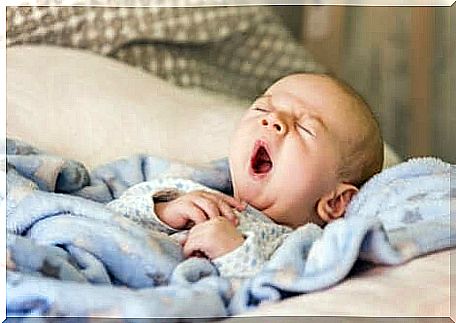
The options for treating obstructive sleep apnea in babies are many and varied. Not all treating medical teams agree on what measures should be applied. The available strategies include:
- Administering nasal corticosteroids or topical medications for nasal congestion. They work in rhinitis and should always be prescribed by a doctor.
- Adenoid surgery or an adenoidectomy is the preferred treatment for children in whom tonsillar hypertrophy is detected.
- Lifestyle and dietary measures can improve mild cases of sleep apnea in babies, so certain adjustments to their habits are highly recommended. For example, adjust the position in which the child lies, but also think about the time to go to sleep, the distribution of his meals over the day and the time between eating and going to bed.
- CPAP. This equipment is only used for severe cases that do not improve with the above treatment. It consists of applying positive air pressure to the respiratory organs to allow sufficient oxygen to reach the lungs. This is usually the last option used to treat sleep apnea.
Is Obstructive Sleep Apnea in Babies a Cause for Concern?
We don’t have to panic when this diagnosis is made, but we do have to provide the right care in a timely manner. The child’s developmental period is important because it forms the basis for the rest of their lives.
Any conditions should be corrected as soon as possible to avoid serious problems in the future. A pediatrician should be able to advise parents on the best options for treatment and what they can do on a daily basis to improve the situation.
